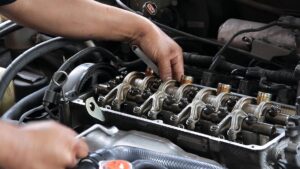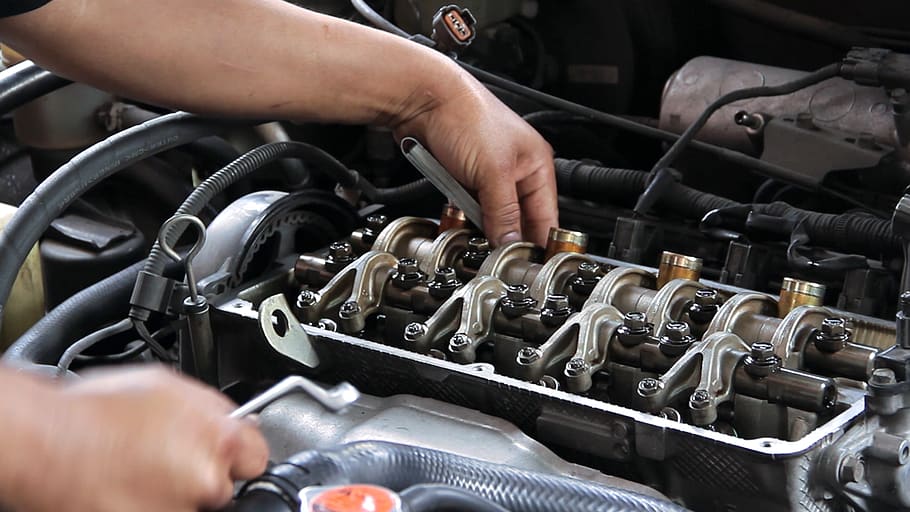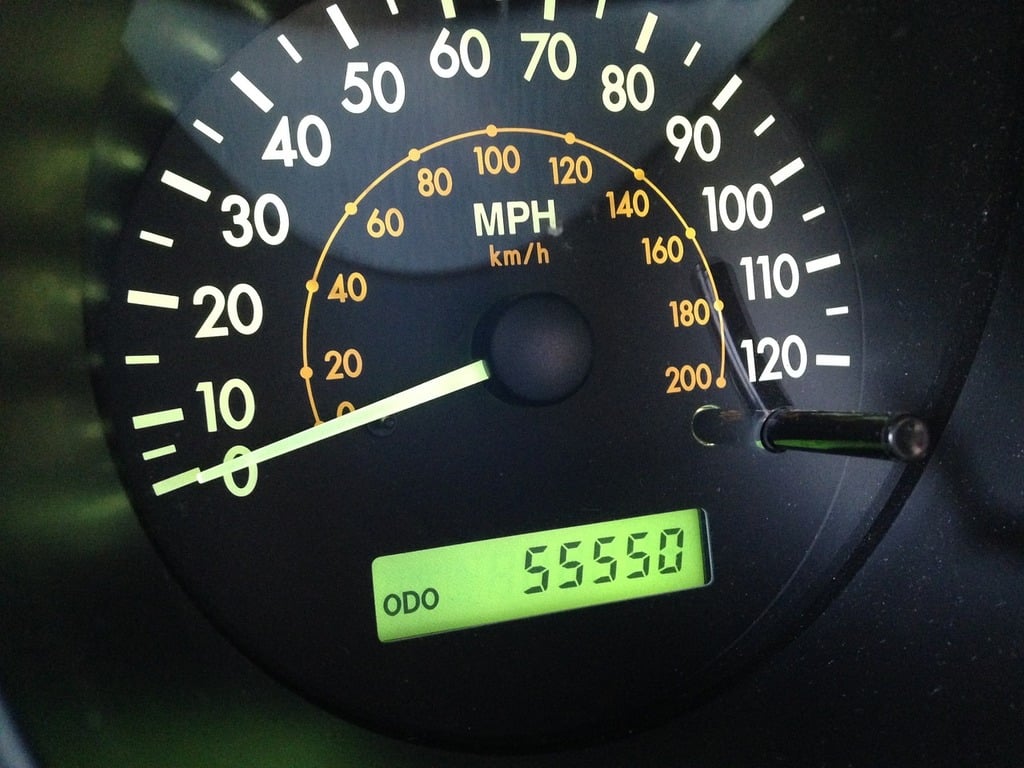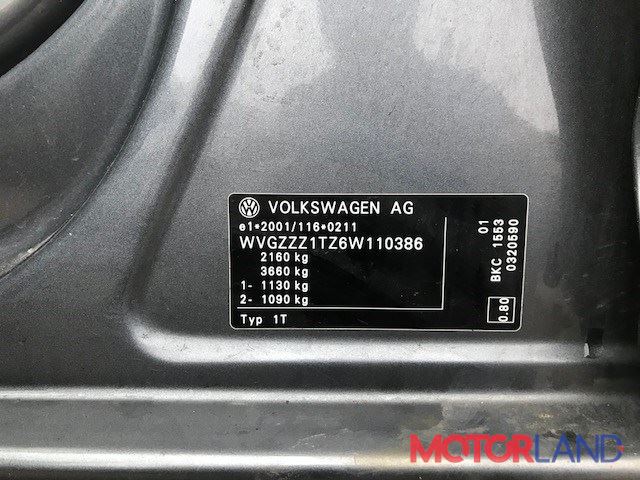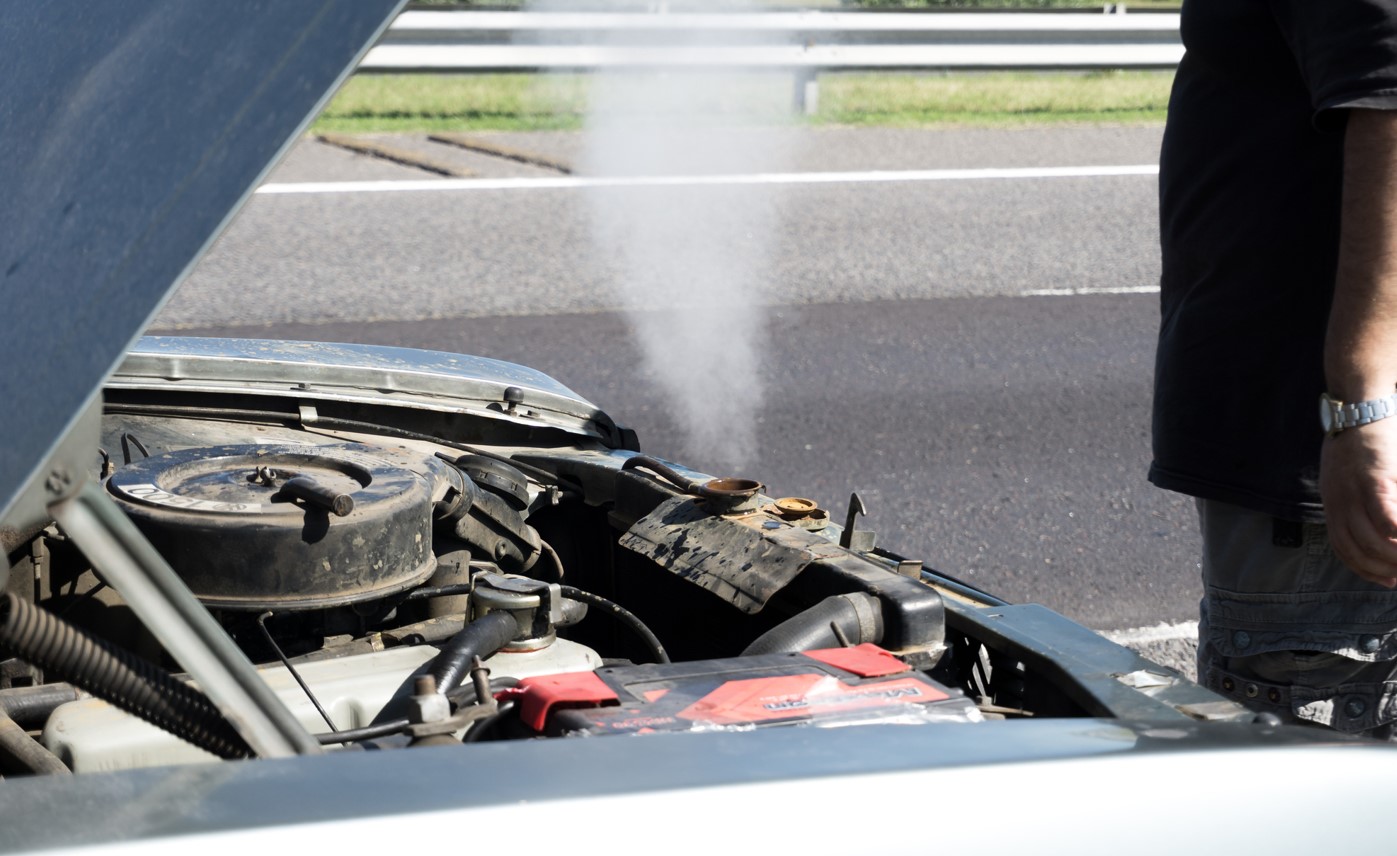So, you’re a tuner, a gearhead, a speed freak itching to unleash the fury of your engine with a DIY exhaust install? Awesome! But before you grab your wrenches and start hacking away, let’s talk about the potential pitfalls that can turn your dream upgrade into a driveway nightmare. We’re talking about the top mistakes that can leave you with a sputtering engine, a cacophony of unwanted noises, or worse, a damaged ride. This guide is your roadmap to a successful exhaust install, avoiding the common blunders that plague even seasoned DIYers.
Key Takeaways:
- Proper Sealing is Paramount: Leaks kill performance and sound like garbage. Get it right.
- Don’t Skimp on Hardware: Use quality gaskets, bolts, and hangers. Cheap parts lead to expensive problems.
- Torque Specs Matter: Over-tightening can damage components. Under-tightening leads to leaks. Use a torque wrench!
- Clearance is King: Ensure your exhaust system has adequate clearance from the chassis and other components to prevent rattling and heat damage.
- Patience, Young Padawan: Rushing the job is a recipe for mistakes. Take your time, double-check your work, and enjoy the process.
Understanding the Basics of Top Mistakes in DIY Exhaust Installs
Think of your exhaust system as the lungs of your engine. It’s not just about making noise; it’s about efficiently evacuating exhaust gases to improve performance. A poorly installed exhaust can restrict flow, leading to reduced horsepower, poor fuel economy, and even engine damage. Common mistakes include:
- Using the Wrong Tools: A rusty bolt and a cheap wrench are a match made in hell. Invest in quality tools, including a good socket set, penetrating oil, and an exhaust hanger removal tool.
- Ignoring Torque Specifications: Every bolt has a specific torque value. Too tight, and you risk stripping threads or crushing gaskets. Too loose, and you’ll have leaks. A torque wrench is your best friend.
- Reusing Old Gaskets: Gaskets are designed to seal once. Reusing them is like trying to reuse a Band-Aid – it just won’t work. Always use new, high-quality gaskets.
- Improper Welding (for weld-in systems): A bird-poop weld is not your friend. If you’re welding, ensure you have proper technique and equipment. Otherwise, leave it to a professional.
Imagine trying to breathe through a straw with holes in it. That’s what a leaky exhaust system is like for your engine. It’s inefficient and frustrating.
Importance and Implications
Why should you care about avoiding these mistakes? Because a properly installed exhaust system can unlock hidden horsepower, improve fuel economy, and give your ride that sweet, aggressive sound you crave. Conversely, a botched install can lead to:
- Reduced Performance: Restricted exhaust flow chokes your engine, robbing you of power.
- Poor Fuel Economy: Your engine has to work harder to overcome the restrictions, burning more fuel.
- Exhaust Leaks: These can be dangerous, allowing harmful gases to enter the cabin.
- Annoying Noises: Rattling, hissing, and droning can make your driving experience miserable.
- Engine Damage: In severe cases, a poorly installed exhaust can lead to engine overheating and damage.
Think of it this way: a well-tuned exhaust is like a perfectly balanced diet for your engine. It provides the right ingredients for optimal performance. A bad install is like feeding your engine junk food – it might taste good at first, but it’ll eventually lead to problems.
Practical Applications or Strategies
Okay, so how do you avoid these pitfalls? Here’s a practical guide:
- Research Your Exhaust System: Understand the components, installation process, and any specific requirements.
- Gather the Right Tools: Invest in quality tools, including a socket set, torque wrench, exhaust hanger removal tool, and penetrating oil.
- Use New Hardware: Always use new gaskets, bolts, and hangers. Don’t skimp on quality.
- Follow Torque Specifications: Consult the manufacturer’s instructions and use a torque wrench to tighten bolts to the correct values.
- Ensure Proper Clearance: Make sure the exhaust system has adequate clearance from the chassis and other components to prevent rattling and heat damage.
- Test for Leaks: After installation, start the engine and listen for any exhaust leaks. Use soapy water to check for leaks at the joints.
- Take Your Time: Don’t rush the job. Double-check your work and enjoy the process.
Pro Tip: If you’re unsure about any aspect of the installation, consult a professional mechanic. It’s better to be safe than sorry.
Expert Insights or Case Studies
I once worked on a project car where the owner had attempted a DIY exhaust install. He reused the old gaskets, didn’t use a torque wrench, and ended up with a massive exhaust leak. The car sounded like a tractor, and the performance was terrible. After redoing the entire install with new hardware and proper torque specs, the car ran like a dream. The lesson? Don’t cut corners!
Another common mistake I see is people using the wrong type of exhaust hangers. Universal hangers might seem like a good idea, but they often don’t provide the proper support and can lead to rattling and premature wear. Always use hangers that are specifically designed for your vehicle.
Dealing with Stubborn Bolts
One of the biggest challenges in exhaust installs is dealing with rusty, seized bolts. Here’s how to tackle them:
- Penetrating Oil: Soak the bolts with penetrating oil for several hours (or even overnight) before attempting to remove them.
- Heat: Use a torch to heat the bolts. The heat will help to break down the rust and corrosion.
- Impact Wrench: An impact wrench can provide the extra torque needed to break loose stubborn bolts.
- Bolt Extractor: If all else fails, use a bolt extractor to remove the damaged bolt.
Warning: Be careful when using heat near fuel lines or other flammable materials.
Conclusion:
Installing a new exhaust system can be a rewarding DIY project, but it’s essential to avoid common mistakes. By understanding the basics, using the right tools, and following proper procedures, you can unlock hidden horsepower, improve fuel economy, and give your ride that sweet, aggressive sound you crave. Remember, patience and attention to detail are key. So, grab your wrenches, get to work, and enjoy the ride!
Frequently Asked Questions:
What is Top Mistakes in DIY Exhaust Installs?
It refers to the common errors made by DIYers when installing exhaust systems, such as reusing old gaskets, ignoring torque specifications, and using the wrong tools.
Why is Top Mistakes in DIY Exhaust Installs important for Tuners, gearheads, speed freaks?
Avoiding these mistakes ensures optimal performance, fuel economy, and sound, while preventing potential engine damage and annoying noises.
How can I apply the concepts of Top Mistakes in DIY Exhaust Installs in my context?
Research your exhaust system, gather the right tools, use new hardware, follow torque specifications, ensure proper clearance, and test for leaks.
Where can I learn more about Top Mistakes in DIY Exhaust Installs?
Consult online forums, automotive websites, and professional mechanics for additional information and guidance.



